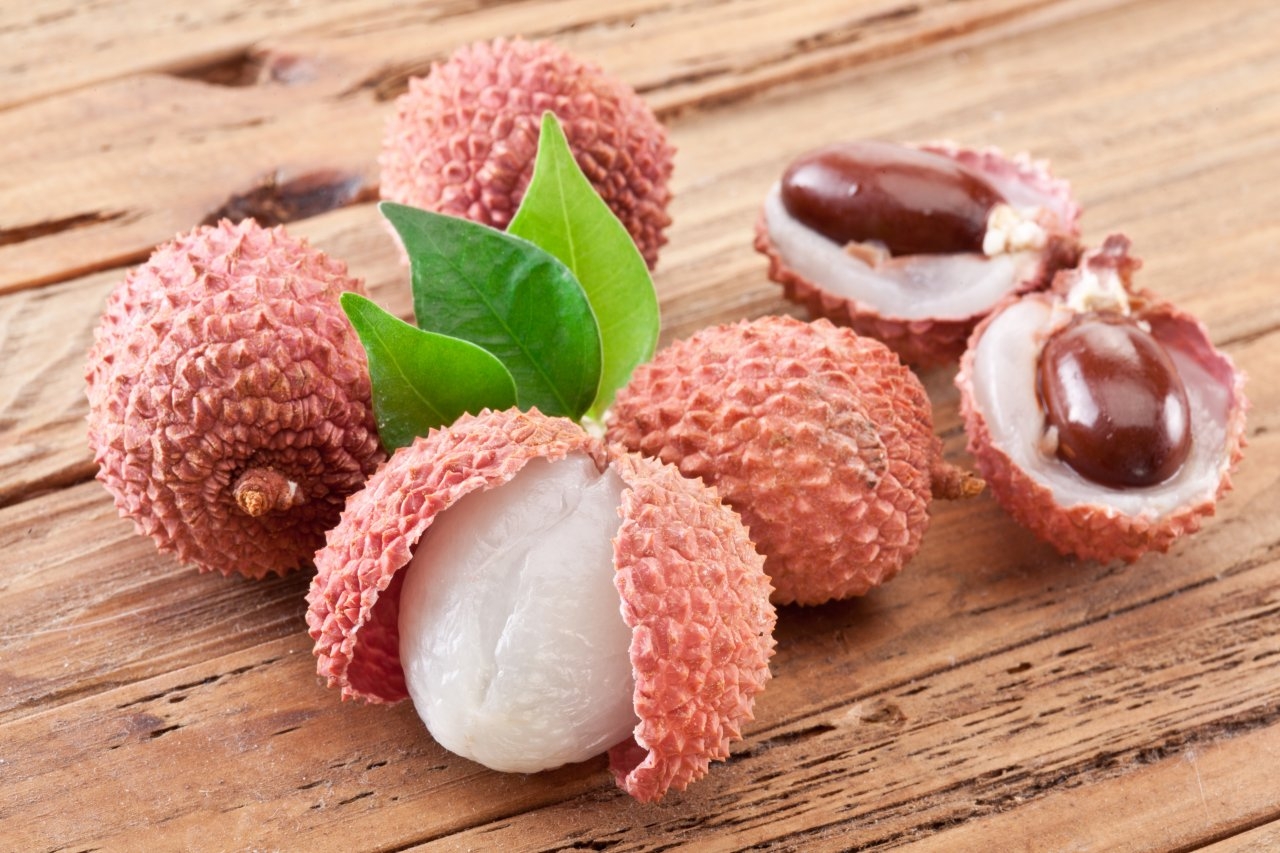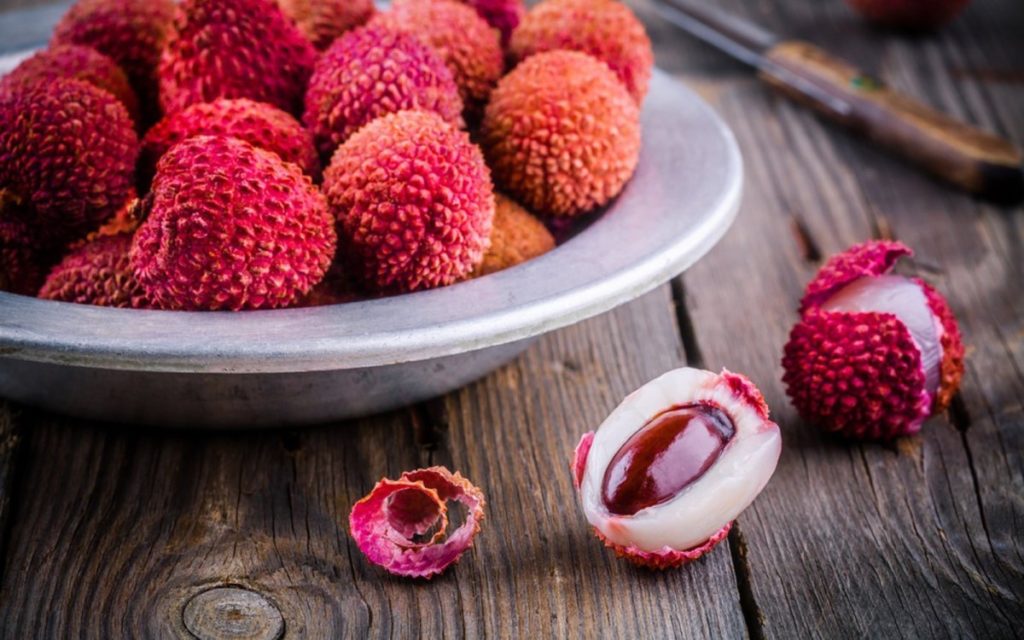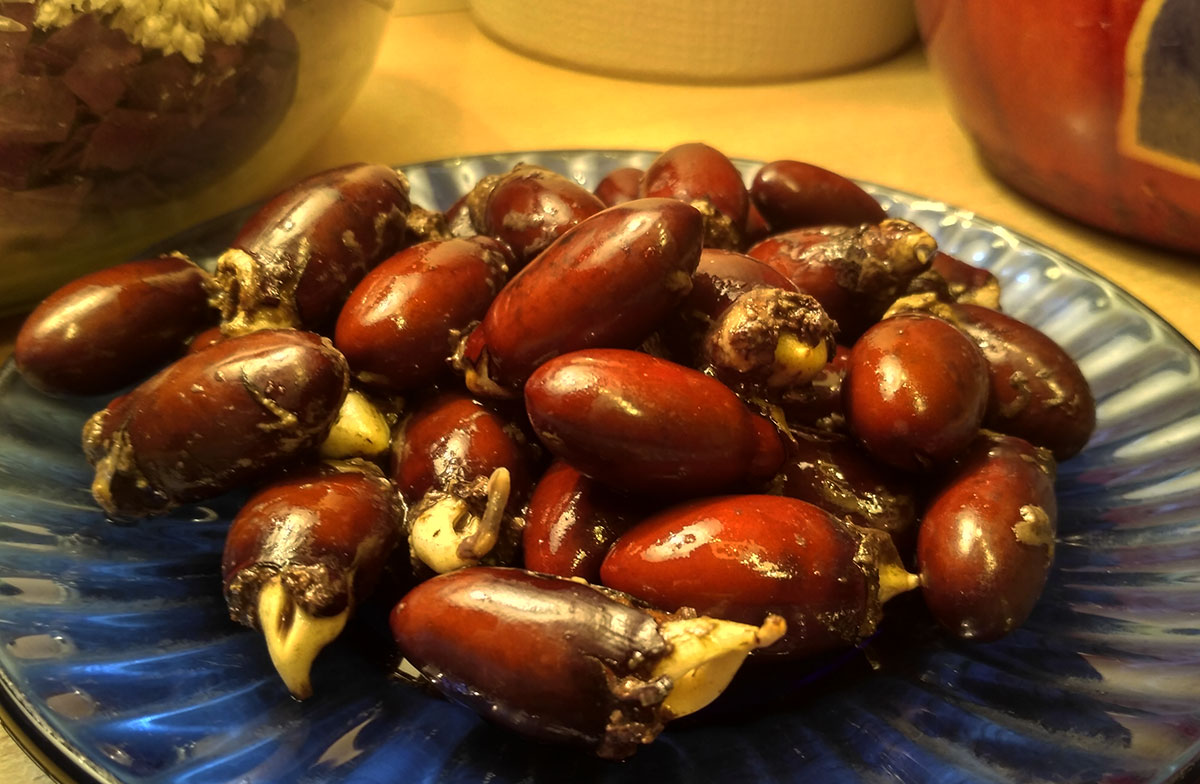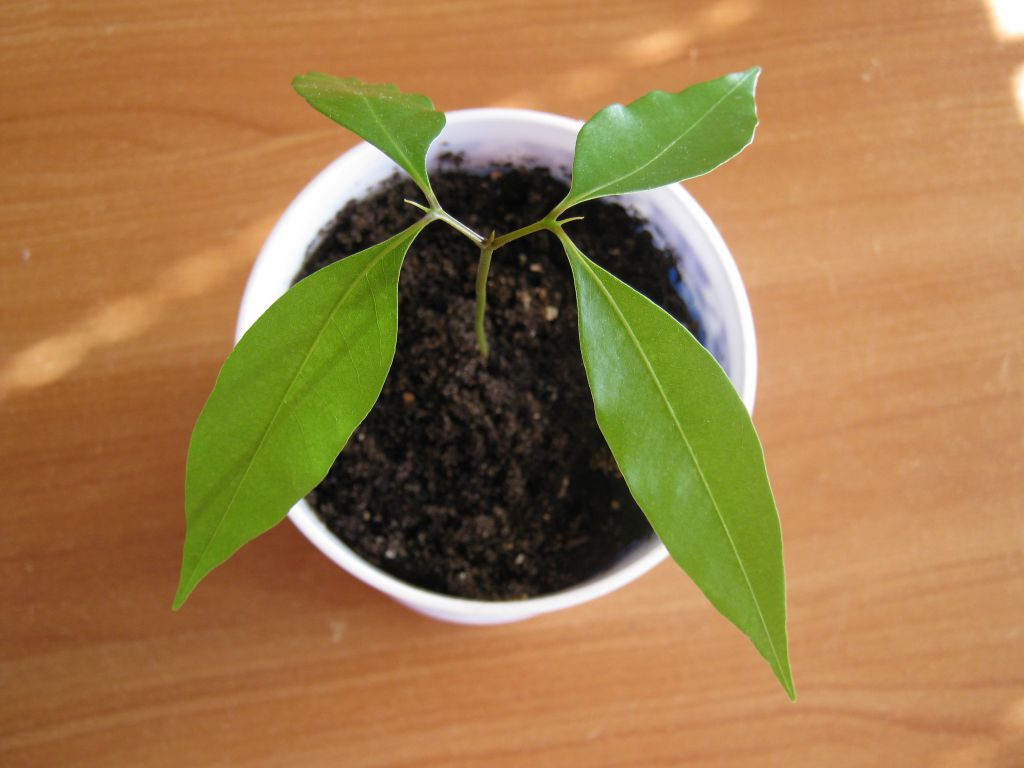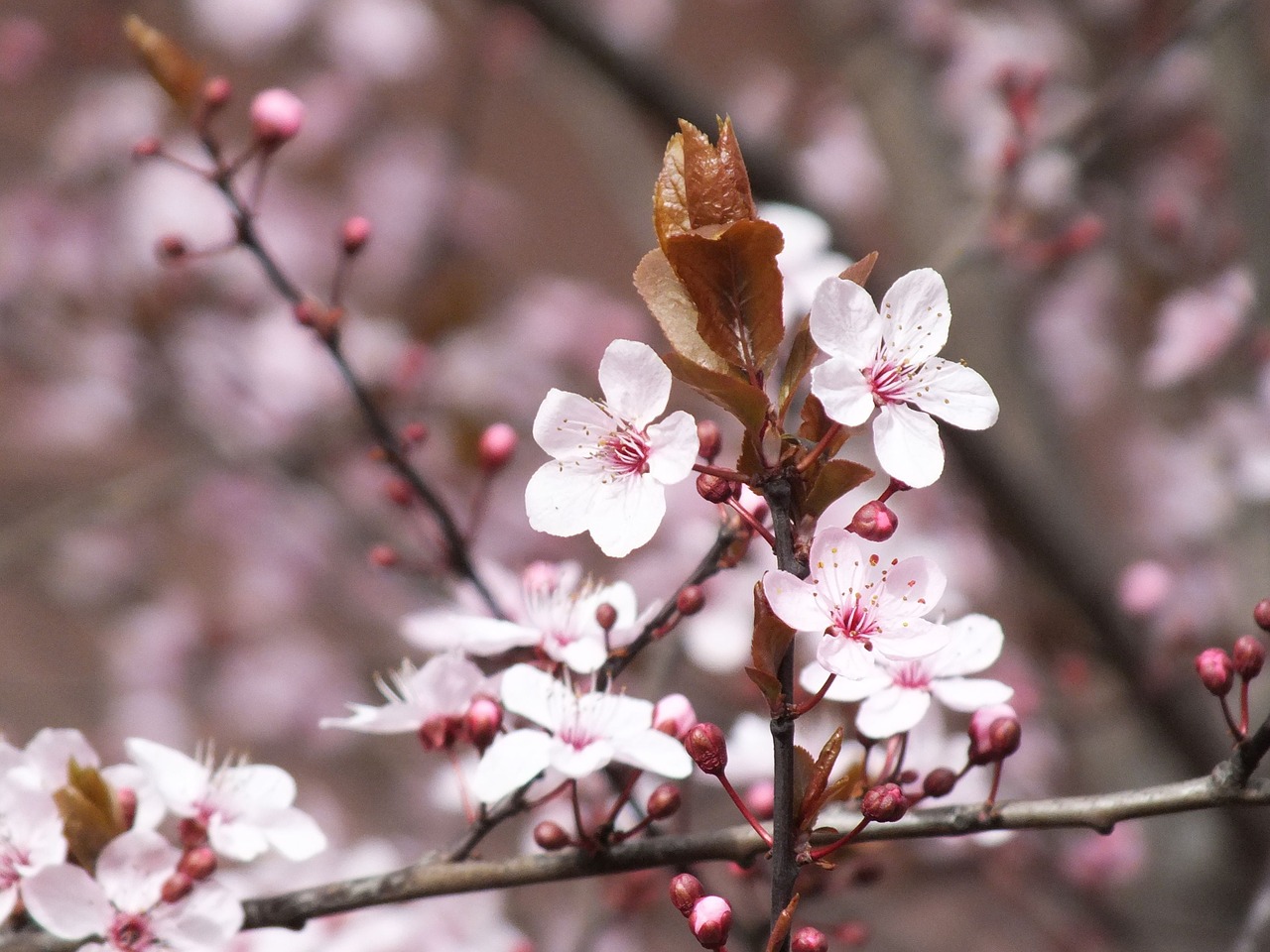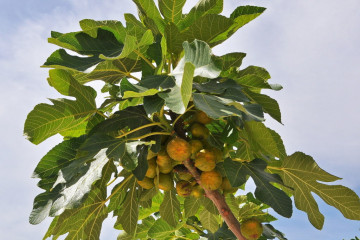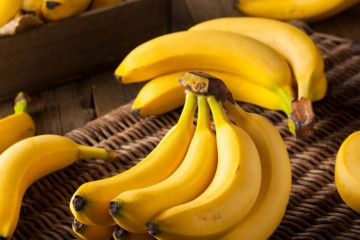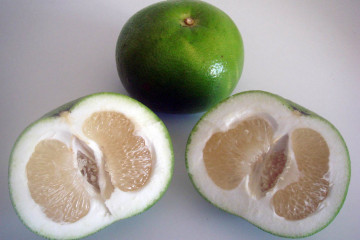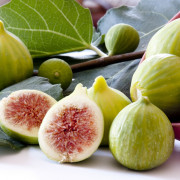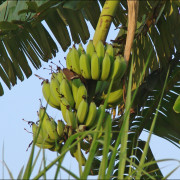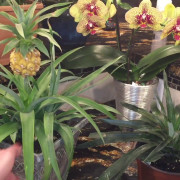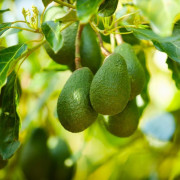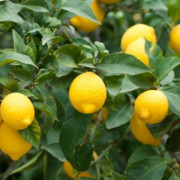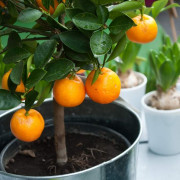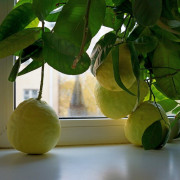Lychee fruit - what is it, how to grow from a stone
Content:
The Chinese plum, or lychee, is a fruit with which the inhabitants of Russia are just beginning to get acquainted. It has a sour taste, gives vigor and energy, helps to increase the body's resistance to diseases. But not everyone knows what lychee is and how to grow it in a garden.
Lychee - what kind of plant is it, what does it look like
The lychee fruit tree is a perennial crop native to southern China. Gradually spread throughout the East, and then began to conquer the world. This is a representative of the Sapindov family, other names: lidzhi, foxes. Pierre Sonner, a traveler to the countries of the East of the 18th century, brought the first fruits of lychee to Europe.
During the time of the emperors in China, lychees were considered a delicacy. To deliver him to the monarch's table, there was a special courier service. Now the fruits are grown not only in their homeland, but also in other countries with suitable climatic conditions: Brazil, USA, Australia, individual African states. Residents of Russia can also become the owner of their own exotic tree, but in most cities the only possible breeding method is at home.
Brief description and features of the fruit tree
Features of the litchi tree:
- It is an evergreen tree with a spreading crown. Height - 11-30 meters.
- The leaves are feathery, dark green (from the inside out - gray).
- Flowers are yellow or pale green, without petals, only with calyxes.
- The fruits are covered with red skin, reach 2-4 cm in length, the surface consists of a large number of tubercles; inside - pulp, the consistency resembles jelly, with a characteristic wine flavor. There is also an oval bone (not suitable for food), known in the East as the "Dragon's Eye".
Ripening of fruits in a tropical climate occurs at the beginning of June, in the middle lane - not earlier than the last days of August.
Fruit properties, benefits and harms
Lychee berries are low-calorie foods, so they can be included in any diet, even the strictest. They are packed with vitamins and minerals. The composition includes folic acid, which is necessary for the full functioning of the female reproductive system.
The berries contain: potassium, zinc, iron, phosphorus, iodine, copper, calcium, as well as fiber and pectins. Main beneficial properties:
- Delicate cleansing of the body from toxins and feces, including old ones.
- Improving immunity.
- Favorable effect on female sex hormones.
- Normalization of blood clotting due to the content of rare vitamin K.
- Mild diuretic effect.
- Relief from depression and fatigue.
- Sleep normalization.
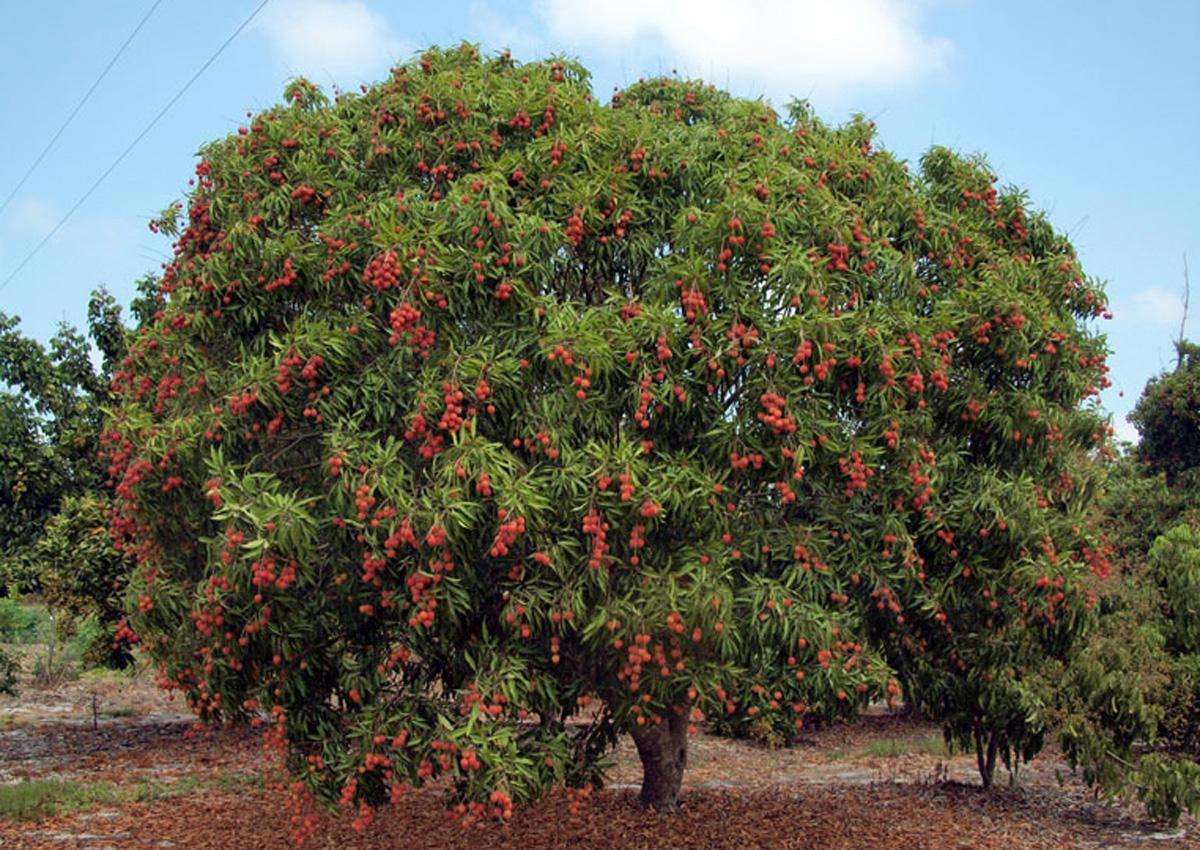
A beautiful tree is a source of valuable fruits that are used not only in cooking and winemaking, but also in folk medicine
Even such a useful plant as lychee can bring not only benefits, but also harm. It should not be consumed in excessive quantities, given to children under 3 years of age. Lychee fruit is a pretty strong allergen. In case of individual intolerance, its use should be abandoned.
Contraindications include:
- renal failure;
- diabetes;
- pregnancy (there is a high risk of miscarriage).
Getting acquainted with the fruits of lychee, it becomes clear that these are juicy berries, useful in moderation, but can be harmful if used incorrectly.
Varieties of varieties and hybrids of lychee
Many gardeners are interested in lychee: what is it? Southern exotic plants are interesting because they have several varieties.
Green dangling
Differs in a pale green color of the leaves. In addition to attractiveness, it has a practical advantage over other varieties - fruits, even without the skin, retain their taste and aroma for a long time.
Sweet osmanthus
It is not for nothing that the lychee variety got its name in honor of the evergreen representative of oilseeds, osmanthus. Lychee fruits have a characteristic aroma as well as a delicate unusual taste. In addition, its pulp is fortified with sugar.
Green Yatu
The skin of the fruit of this variety is red, but covered with greenish spots, unusual for lychees, hence the name.
Concubine smile
A variety with a long history and an intriguing name. Fruiting at home is early, the Chinese start harvesting in May.
Growing a lychee fruit tree at home
Lychee is an unpretentious plant, but one should not forget that its historical homeland is the south of China, and by no means the middle zone of Russia or more northern regions. It is important to create suitable conditions for the tree, then it will certainly reward the gardener with a lush harvest of sour fruits with a "zest".
Since it is almost impossible to create optimal climatic conditions on the street, in open ground, the fruits are usually grown at home. The plant feels great in a pot, does not grow to a huge height, the crown is neat.
Nuances of germination
Chinese lychees can be grown on their own by purchasing a seedling in a professional nursery, or by growing from a bone. For the second method, juicy, but ripe fruits with a pleasant smell are selected. Rotting marks, cracks and other damage are not permitted. The sequence of actions is as follows:
- Remove the bone from the pulp.
- Fold gauze in several layers, moisten in water, wrap a bone in it. Leave on for a week, making sure that the fabric does not dry out.
- As soon as the first roots appear, you can place the seed in a pot, pre-filled with drainage and nutritious loose soil.
- Then the plant is watered abundantly, covered with a film to create a greenhouse effect and the containers are removed to a dark place until the first shoots appear.
- As soon as the sprout appears on the surface, the pot is placed closer to the light source.
Organization of care
Since the lychee came to us from the southern latitudes, it needs special care. During the germination period, the bone is placed at a tempo, kept at a temperature of +25 ℃. After the sprout appears, the following conditions are necessary:
- the duration of daylight hours - 12 hours;
- it is important to protect the victories from direct sunlight;
- temperature - not less than +20 ℃.
Required lighting and temperature
When considering how lychee grows, it is important to note that the southern plant needs special attention. Basic Rules:
- The thermometer should not fall below the +20 ℃ mark, if you cannot maintain the mode, you will have to use additional devices.
- With a lack of natural light, artificial light is used. This is necessary for growing fruit.
Irrigation rates
For lychee, provide moderate regular watering. The plant needs a normal moisture level. Use water that has settled for at least 48 hours.
Organization of feeding
The first fertilization is carried out after the plant is 90 days old. Mineral complex compounds are used.
Starting from the second year, it is allowed to fertilize lychee monthly, with the selected mineral composition (it is undesirable to use drugs of another brand, they do this only if there is a shortage of a certain substance).
For early flowering, favorable conditions should be created for lychees, first of all, a tropical guest will appreciate a light nutritious soil. After each watering, it is recommended to carefully loosen the soil to saturate the roots with oxygen.
Features of the flowering of the southern guest
At home, the correct compact form is important, therefore, during the first two years of the seedling's life, it is consistently formed. After that, the neat appearance of the plant is maintained through sanitary pruning. How the lychee will look depends largely on the desire and hard work of the owner.
An exotic plant begins to bloom no earlier than in the seventh year of life. But this is not the limit. Perhaps the long-awaited flowers and especially the fruits will have to wait for more than 10 years.
Varieties of flowers
A distinctive feature of the Chinese plant is tiny snow-white flowers, collected in an inflorescence-brush. Sometimes the color of the petals can be pale lilac. The color will delight the owner. The flowers will subsequently dry up, giving way to clusters of fruits. The latter in each bunch from 3 to 14 pieces.
Features of fruiting
The time to obtain the first fruit depends on the variety and can range from 4 to 10 years. An important role is played by the organization of care - the more carefully the gardener takes care of the home tree, the more chances that it will delight the fruits.
Fruit tree propagation
Many are interested in the breeding of lychee: what kind of fruit is it that gardening fans already know? It is truly a treasure trove of vitamins and minerals needed for good health. There are several ways to breed:
- seeds;
- cuttings;
- layering;
- vaccination.
The first is considered the most difficult to implement at home. Firstly, it will take several years to get fruit, the seedlings are distinguished by a very slow rate of development, they do not always get the varietal characteristics of the parent plants.
The easiest way to propagate lychees at home is by layering or cuttings. For this, the material is taken from a strong healthy tree at least 3-5 years old.You can buy seedlings from specialized nurseries, which will help you get a tree with the desired yield characteristics and suitable for the climatic conditions of a particular region.
Vaccination as a breeding method requires experience. The advantage of this method is to obtain a strong root system.
Plant maintenance problems, diseases and pests
Despite the exoticism of its origin, lychee is a plant resistant to diseases of fruit crops. Growth or fruiting problems are caused by improper care. If watering is abused, root rot can develop, which can lead to the death of the plant.
The main pests include:
- spider mites;
- mealybugs;
- shield;
- aphid;
- whitefly.
It is important to monitor the condition of the plant, if a pest is found, treatment should be started. They use folk methods (dusting with tobacco dust or ash, watering with tincture of garlic or tomato tops), as well as insecticides. The second should be addressed if the problem is running or has become widespread.
The benefits of lychee fruits, their unusual taste, the ability to prepare an exquisite dessert or original wine from the pulp - these are the reasons why many are trying to grow a Chinese plant at home. With a responsible approach, every gardener has a chance of success.
